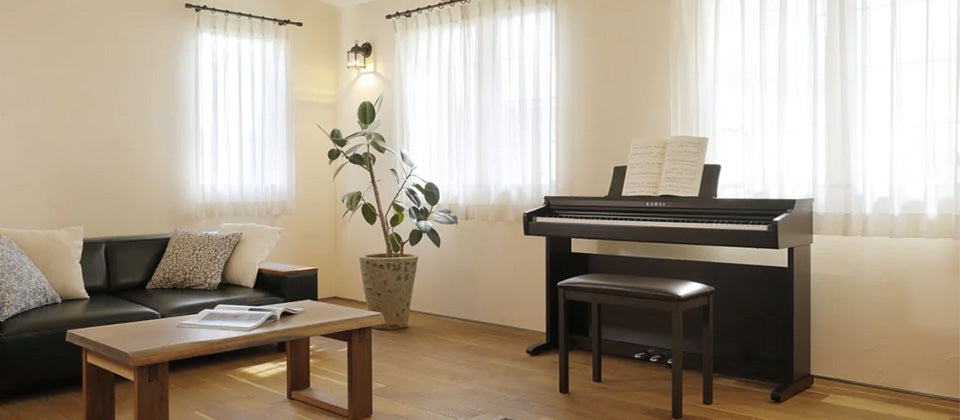Kawai KDP120 Review

Introduction
The new KDP120 is the successor to the highly-respected KDP110. Much of the success of that model can be attributed to the immersive sound produced by its 40 Watt amplification system.
With that in mind, fans of the KDP110 will be pleased to hear that the KDP120 has retained that system, but builds on those solid foundations by introducing a range of new features.
For the first time, it’s also available in three different colour options - rosewood, satin black and satin white. But let’s kick off our review with how the KDP120 sounds.
Kawai KDP120 Review

Shop the KDP120 Range
Kawai KDP120 Review

Watch Our Kawai KDP120 Buyers' Guide
Kawai KDP120 Review



